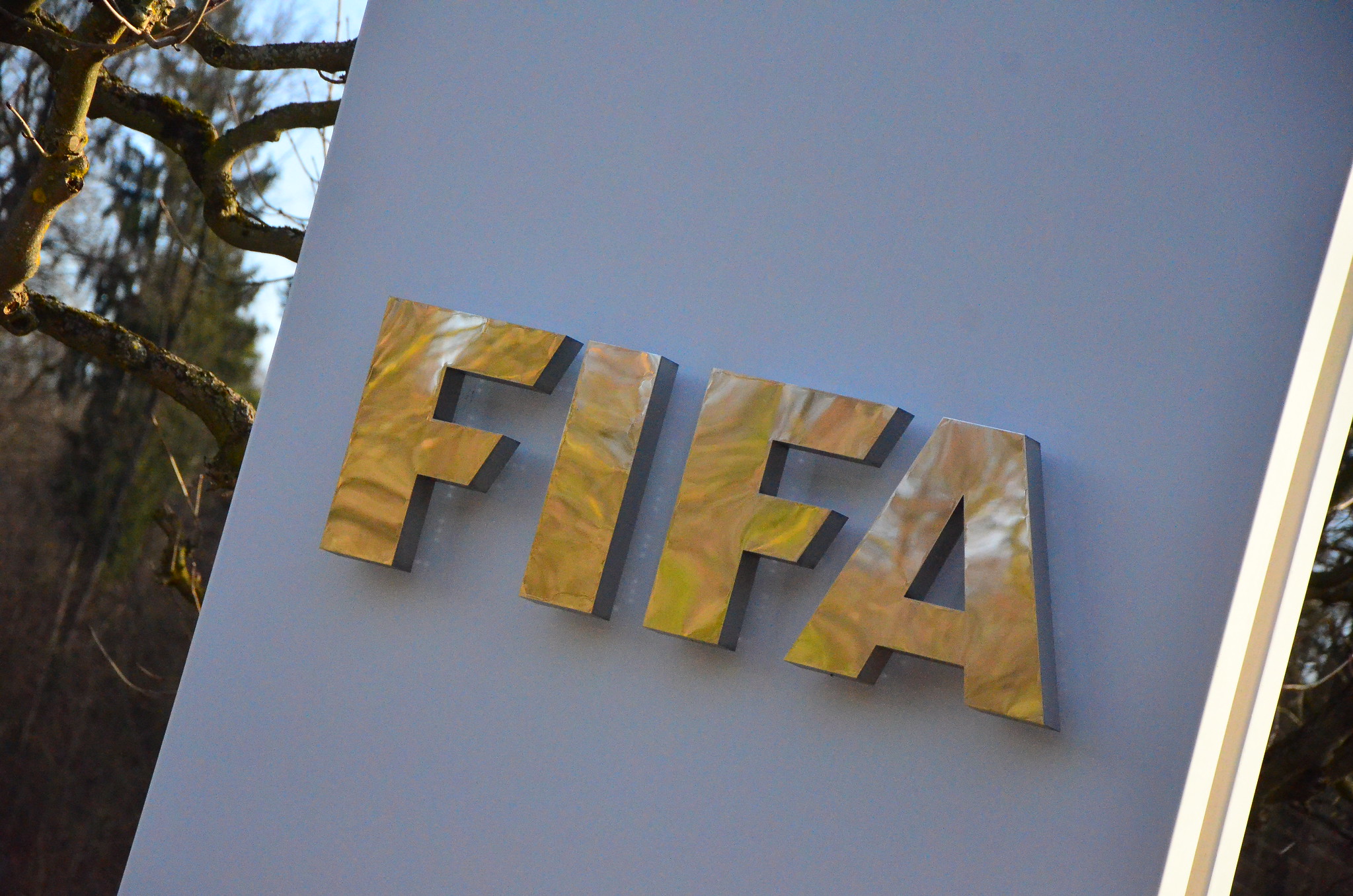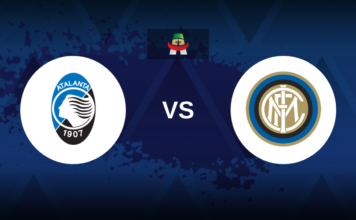The expanded Club World Cup promises global exposure, fresh matchups, and a billion-dollar prize pool—but behind the scenes, FIFA is challenging UEFA’s dominance and reshaping club football’s future
When the European Super League was announced in 2021, the football world exploded. Fans revolted, governments stepped in, and within 48 hours, the project collapsed under unprecedented backlash. But while attention focused on that doomed initiative, FIFA was quietly taking notes. Fast-forward to 2025, and the governing body of world football has unveiled its own version of a global super league: the FIFA Club World Cup.
This isn’t a breakaway by 12 European giants—it’s a tournament of 32 teams from every continent, backed by strategic partnerships, massive investment, and the promise of global growth. Set to take place in the United States this summer, the new Club World Cup could mark the beginning of football’s most significant power shift in decades.
From Forgotten Tournament to Trojan Horse
The idea of global club competition isn’t new. In 1960, the Intercontinental Cup began as a one-game showdown between European and South American champions. But it excluded Africa, Asia, and North America—and more importantly, it wasn’t a FIFA product. That changed in 2000, when FIFA launched its own Club World Cup, won by Corinthians. But poor planning and limited appeal led to its disappearance—until 2005, when it was quietly revived, albeit with minimal impact.
Still, FIFA never let go of the dream. The Champions League—owned by UEFA—was growing in popularity and profit. So FIFA needed a way to enter that lucrative club football economy. The result is the newly expanded Club World Cup:
- 32 teams
- 8 groups of 4
- Knockout rounds like the traditional World Cup
- Held every 4 years
Clubs are selected based on recent continental championships and rankings. Only two clubs per country are allowed, and teams under shared ownership are excluded. The host nation (USA) gets one spot—controversially awarded to Inter Miami, despite not being MLS champions. Why? One word: Messi.
The Bigger Plan: Power and Inclusion
Why is FIFA pushing so hard for a tournament that’s never been a major success?
Because it’s not just about football.
FIFA’s financial model relies on the Men’s and Women’s World Cups—held only once every four years. Club football, by contrast, runs year-round and generates massive, consistent revenue. But that revenue goes to others—primarily UEFA, with the Champions League as its cash cow.
Enter the Club World Cup: FIFA’s way to get a slice of the club football pie and challenge UEFA’s dominance. It’s a Trojan Horse—wrapped in the language of “inclusion” and “global growth.”
This new format gives clubs from Africa, Asia, and the Americas a shot at the spotlight—and the prize money. Teams like Al Ahly SC, Urawa Red Diamonds, and Club León now have a chance to shine on the same stage as Manchester City, Real Madrid, and Bayern Munich.
To ensure maximum reach, FIFA partnered with DAZN, which will stream all 63 matches for free. A billion-dollar deal was reportedly involved—soon after Saudi Arabia invested a similar amount in DAZN. Coincidentally (or not), the Club World Cup’s prize pool is also $1 billion, and Saudi Arabia was recently awarded the 2034 FIFA World Cup.
The Challenges: Fatigue, Inequality, Oversaturation
Despite the ambitions, the Club World Cup faces significant challenges:
1. Player Fatigue
Top players already have packed calendars. Adding another major tournament risks burnout. Federico Valverde, for example, could rack up nearly 7,000 minutes this season with barely any rest. Player unions like FIFPRO are taking legal action. Kevin De Bruyne summarized the sentiment: “Money speaks louder than the players’ voices.”
2. Financial Inequality
Europe is sending 12 clubs—far more than any other region. The lion’s share of the prize money is likely to end up with these giants. And within Europe, it creates domestic imbalances. For example, Bayern Munich could earn over $100 million in a month—more than some Bundesliga clubs get in an entire season. The result? The rich get richer, and competitive balance suffers.
3. Too Much Football
With so many competitions happening simultaneously, fans are overwhelmed. This summer alone features three major international tournaments alongside the Club World Cup. Unlike the NFL, where scarcity builds anticipation, football risks oversaturation. What matters more: A preseason friendly, a league title race, or this new Club World Cup?
Is the Club World Cup Worth Watching?
So far, ticket sales have been underwhelming. FIFA is trying to fix this with unusual promotions—such as offering 2026 World Cup tickets to fans who attend multiple Club World Cup matches. If you attend 20 matches, you’re guaranteed a seat at the 2026 World Cup final—for an extra fee, of course.
It’s clever marketing, but also reveals the desperation for traction.
Final Thoughts: A Shift in Global Football
While the 2021 Super League failed in dramatic fashion, FIFA’s Club World Cup is quietly moving forward—from the top down, not the bottom up. There’s no fan revolt, no political backlash. Why? Because it’s not clubs rebelling. It’s FIFA consolidating power.
FIFA pitches it as growth and inclusion. And to be fair, it does offer a global platform for clubs like Wydad Casablanca, Auckland City, and Mamelodi Sundowns—clubs far removed from UEFA’s money ecosystem.
But at the same time, the move underscores who really controls the game. Not the fans. Not even the players. But the executives in Zurich.
Whether this is the future of football—or just another failed experiment—remains to be seen. But make no mistake: The Club World Cup is more than just another tournament.
It’s a battle for football’s soul.







